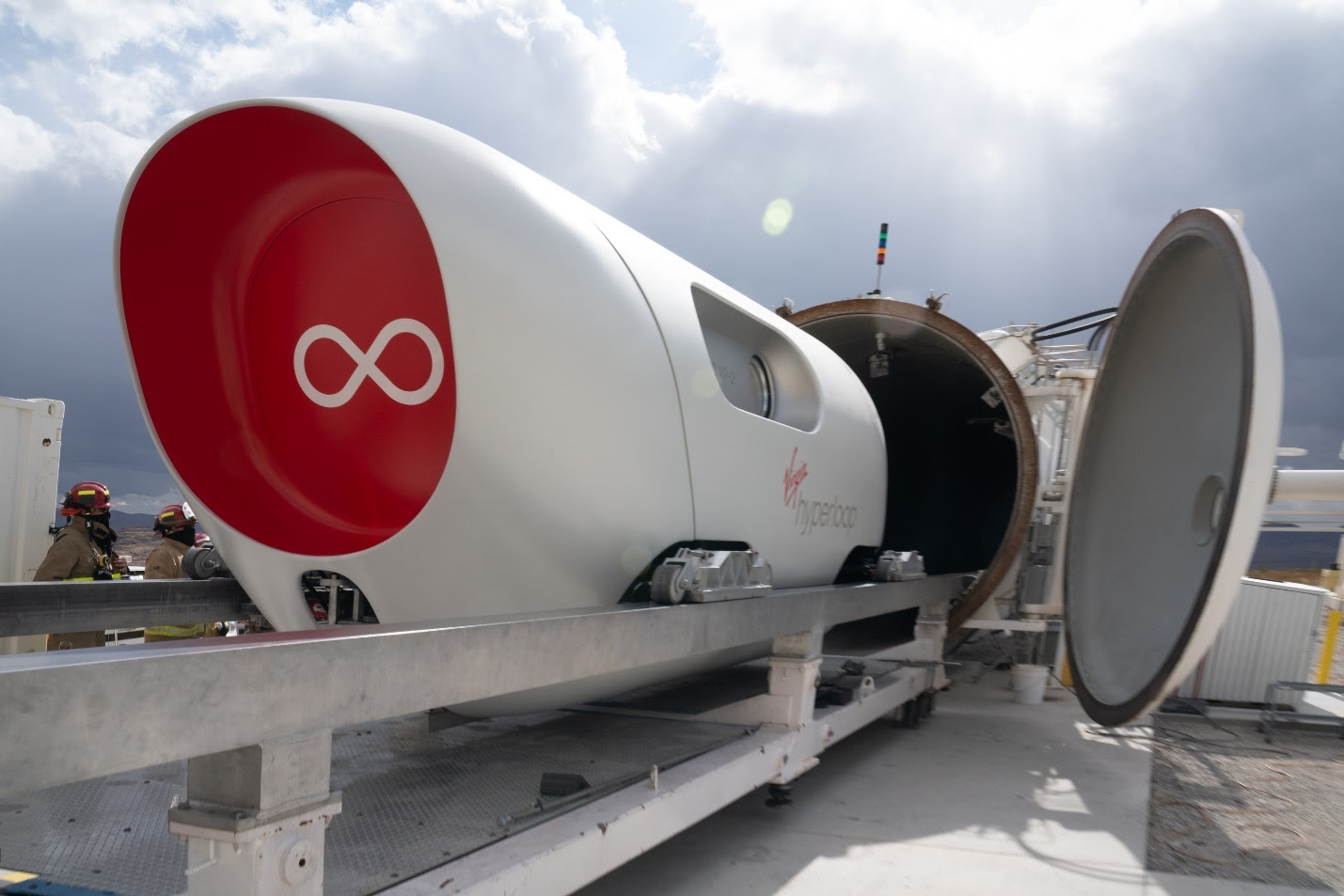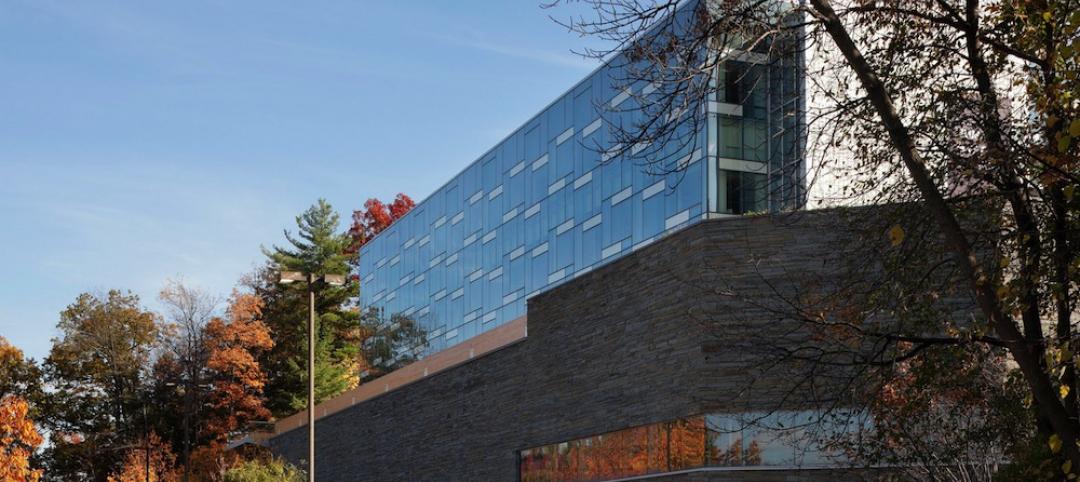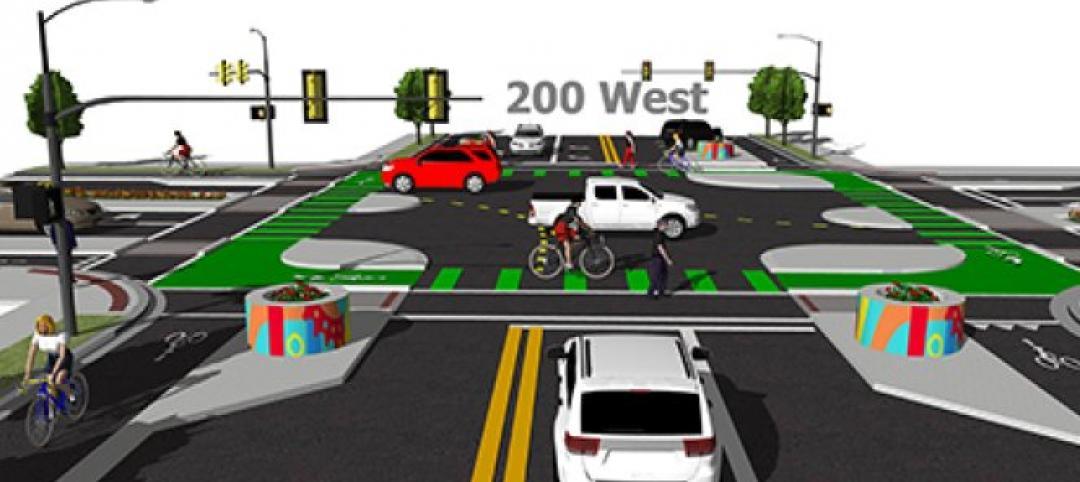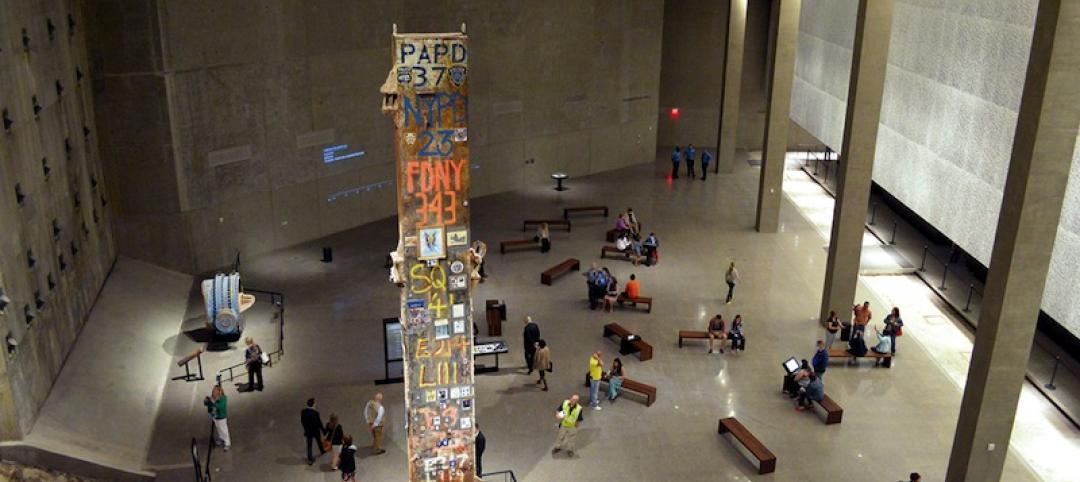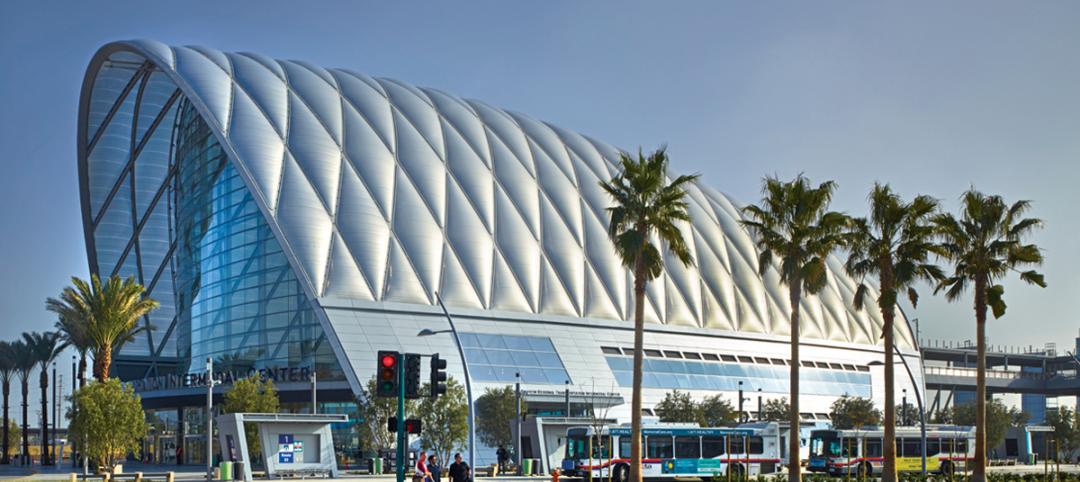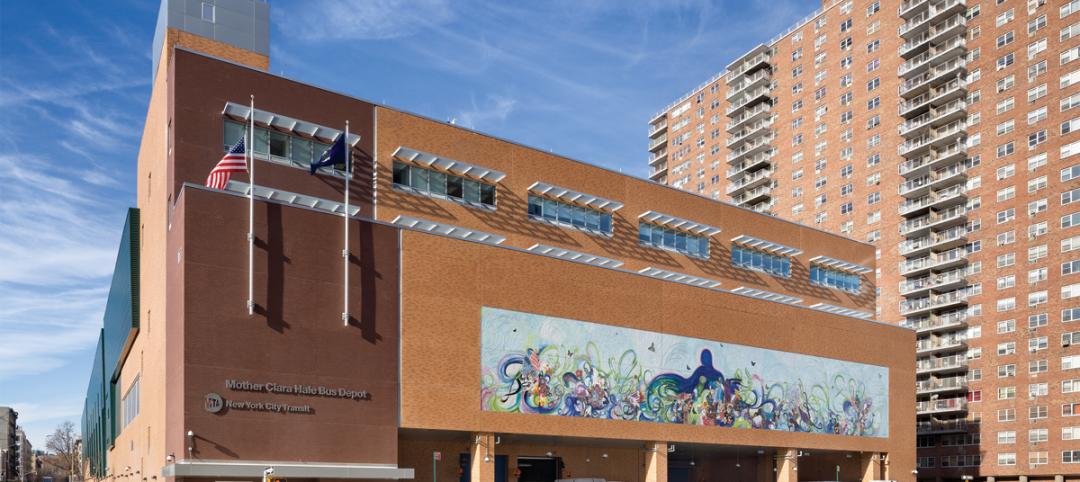After a year of close collaboration between Virgin Hyperloop, Bjarke Ingels Group (BIG), and Kilo Design, the Pegasus Pod has become the first manned and fully functional system for Hyperloop travel after a successful test in the Nevada desert.
BIG and Kilo designed for the pod’s first use case while also defining the design language and characteristics for future Virgin Hyperloop vehicles. The two-seater Pegasus Pod was built to demonstrate that passengers can safely travel in a Hyperloop vehicle. It is equipped with a control system that can detect off-nominal states and rapidly trigger appropriate emergency responses. The six-sm interior has the necessary safety equipment and controls built into the furniture. The production vehicle will be larger and seat up to 28 passengers.
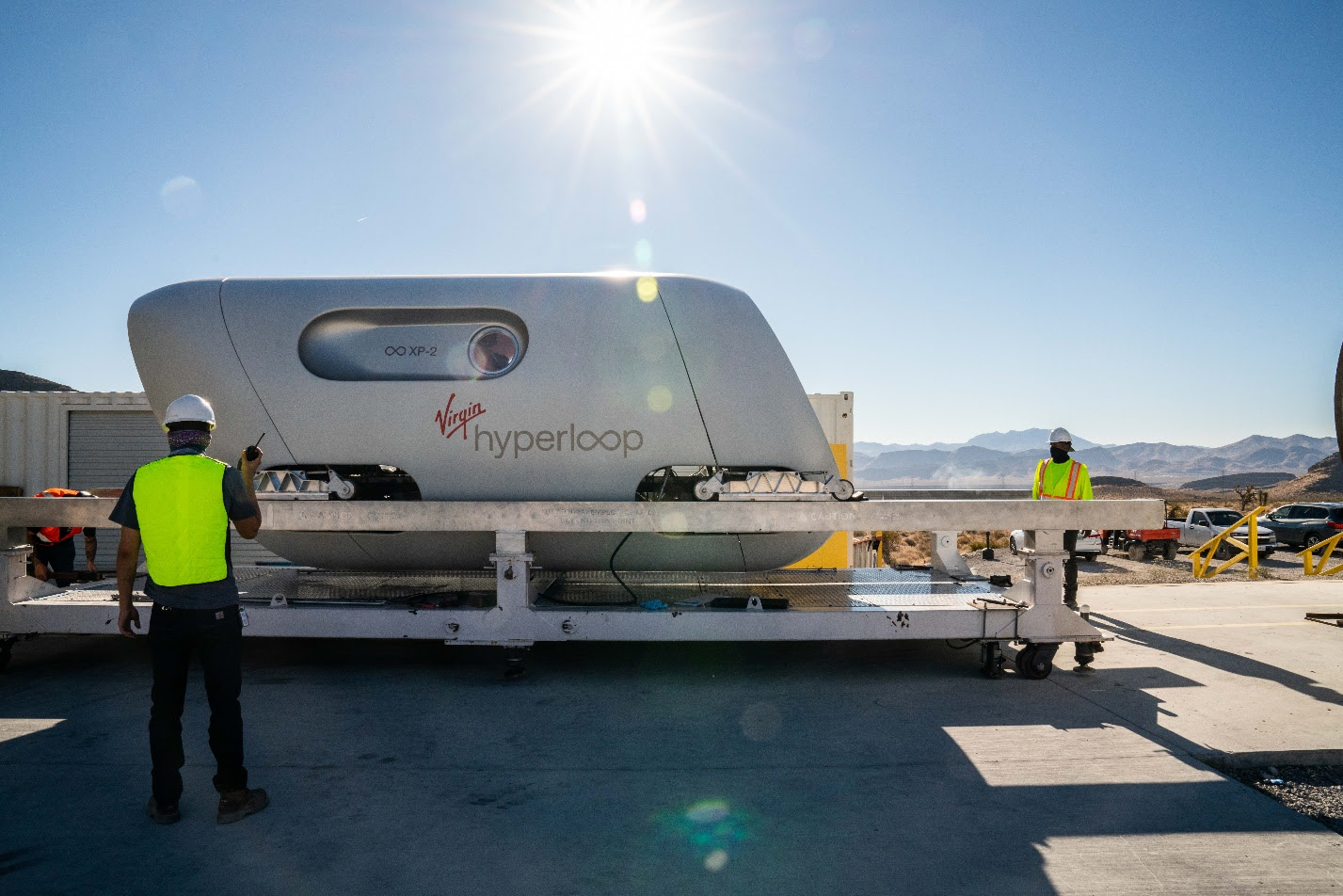
The front scoops of the vessel create natural steps for easy entry and egress, and apertures on the sides of the fairing and on the front door contain a forward-facing window for outward viewing down the tunnel. These features create a link to Pegasus’ external design, where repeating soft forms and pill-shape cutouts are used to highlight depth, layers, and entryways.
Inside, the seating elements and extended arms function as an entry and egress aid, storage for safety equipment, oxygen throughput, and lighting. The seats can also be quickly assembled and disassembled for rear equipment access.
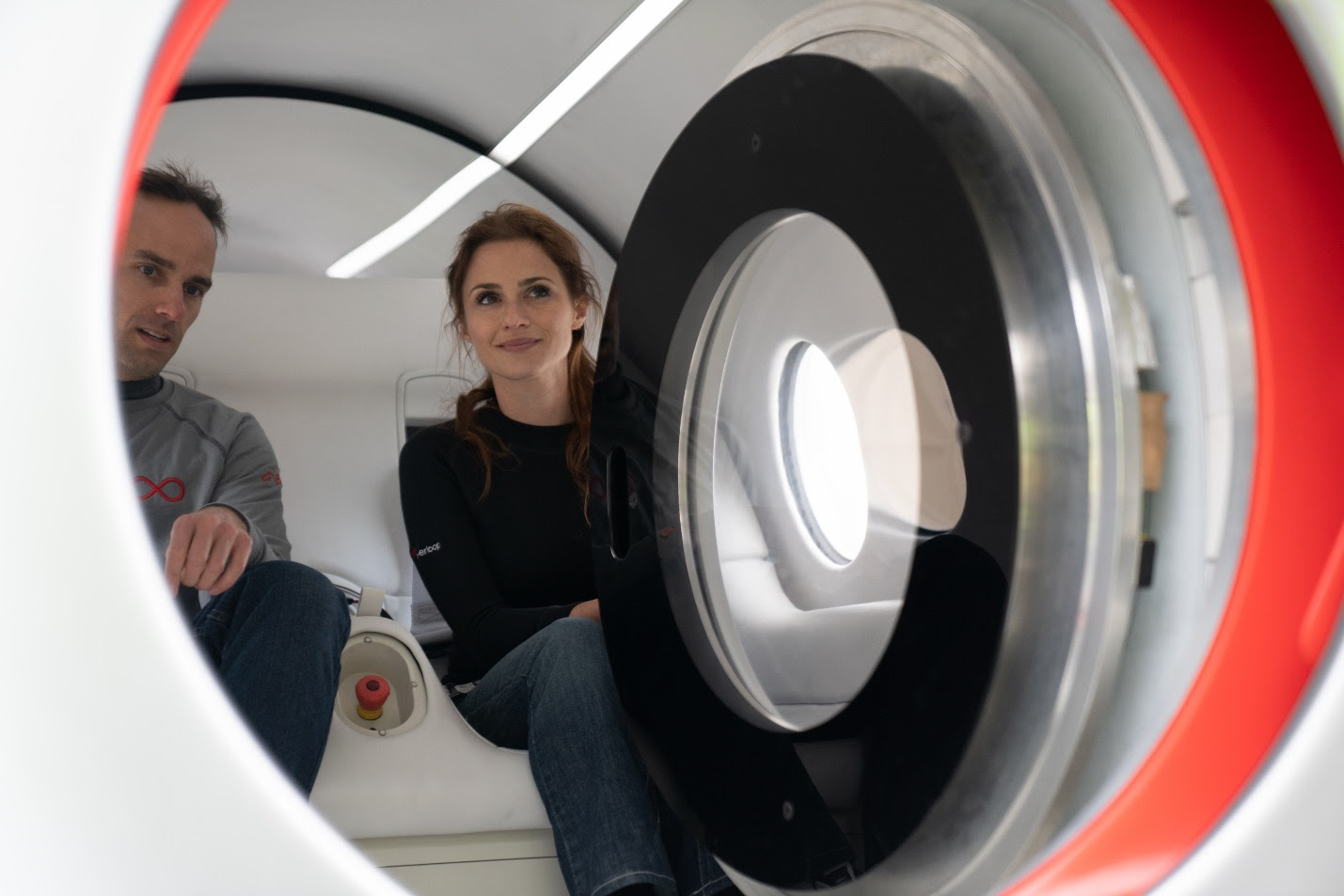
“When designing the future of transportation and the slate is sort of blank, the opportunities are endless. We’ve needed to adjust our way of thinking away from the classic modes of transporting like trains, planes and metros, and towards a new vehicle typology, closest to that of a spaceship,” said Jakob Lange, Partner, BIG, in a release.
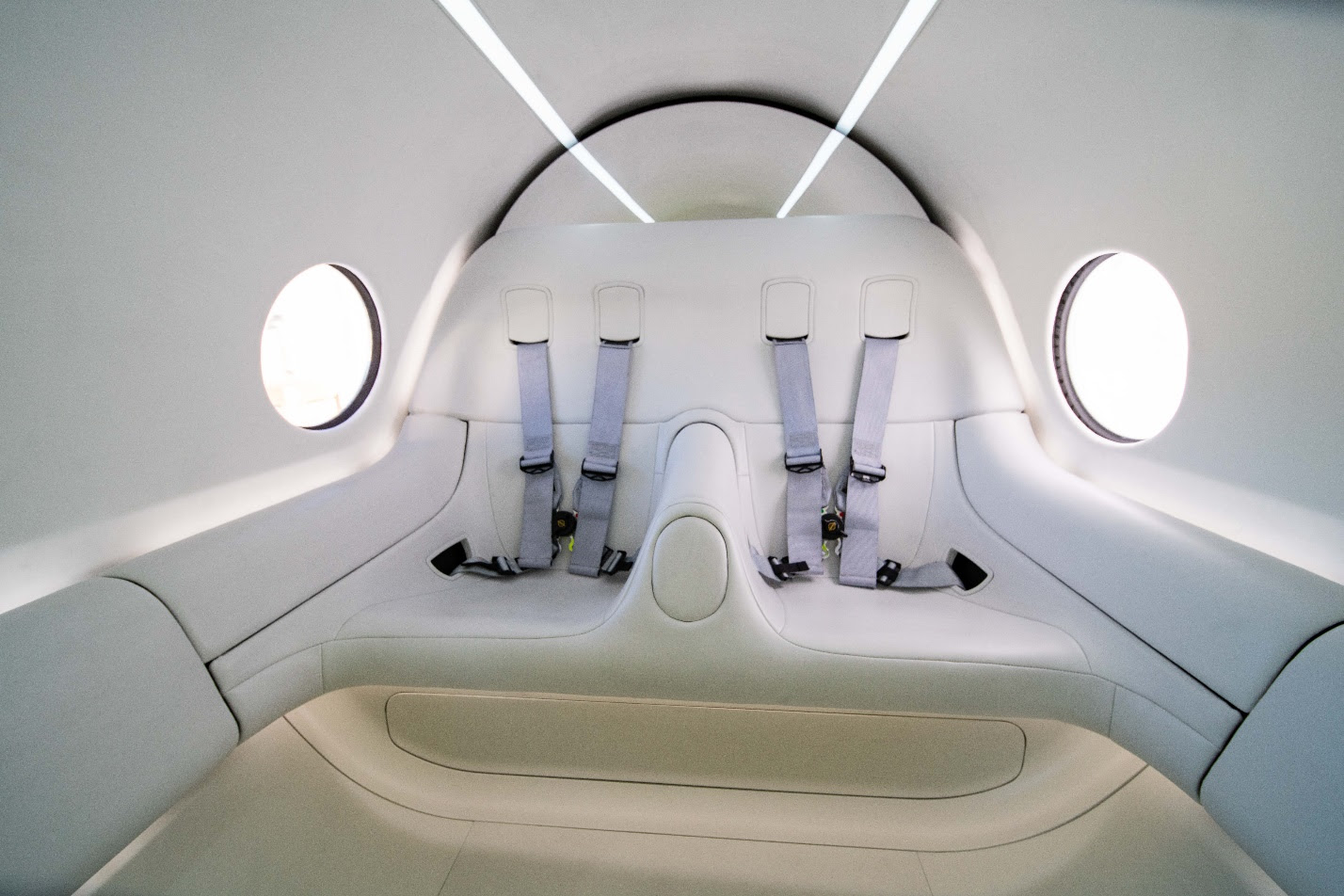
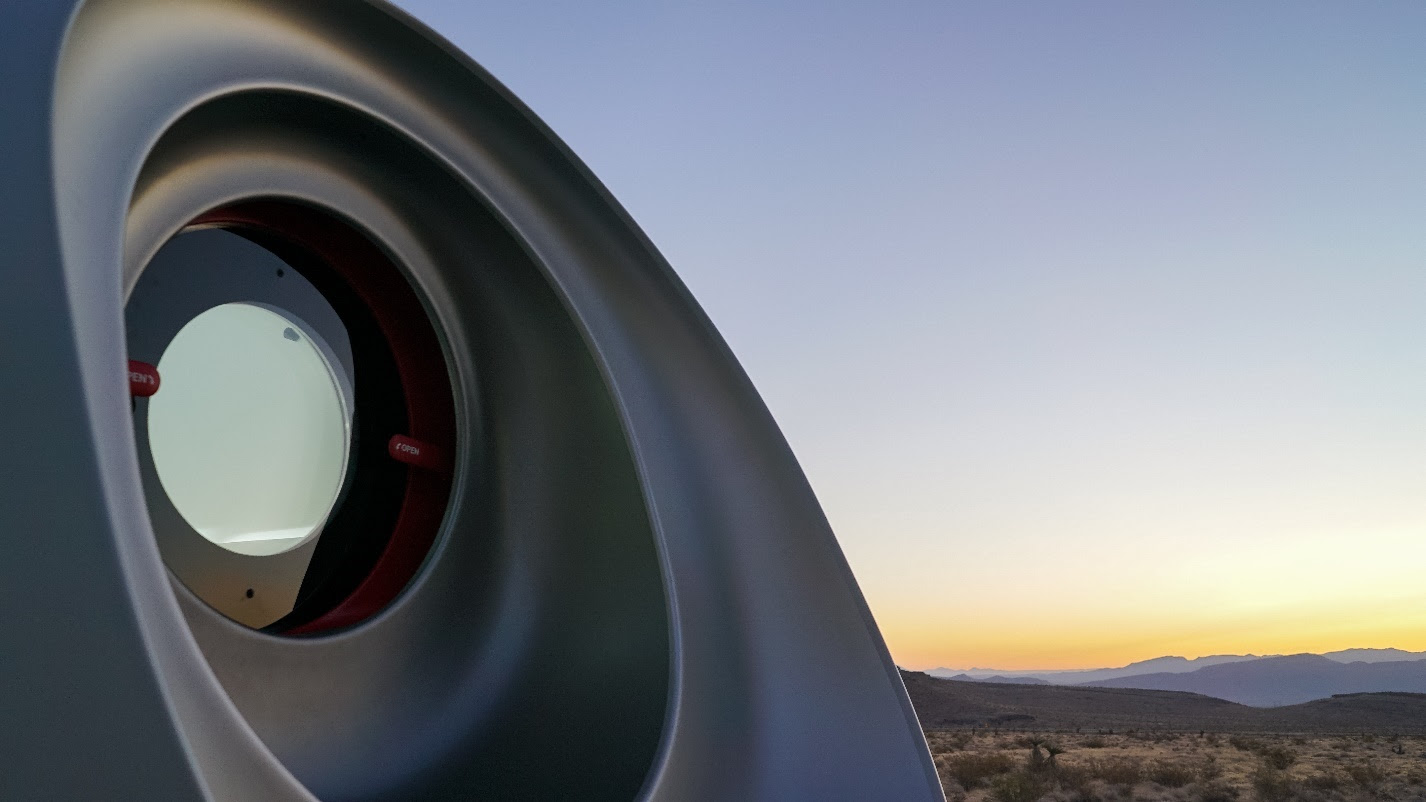
Related Stories
Green | Jul 16, 2015
7 parking facilities first to earn Green Garage Certification
The new program rates parking structures based on 48 elements of operation, from water reuse to bicycle parking to car sharing options.
Sponsored | Transit Facilities | Jun 15, 2015
Success through teamwork for landmark California project
The Anaheim Regional Transportation Intermodal Center (ARTIC) is the Grand Central Station of the future
Transit Facilities | Jun 9, 2015
BIG releases golden-roof plan for transport hub in Swedish city
“Like a continuous thin sheet, the roof is gently lifted at its four corners, wrapping the city's vehicular infrastructure in multiple layers of public program and urban spaces,” said Ingels.
Transportation & Parking Facilities | May 20, 2015
Federal Highway Administration releases guide for protected bike lanes
The guide consolidates lessons learned from practitioners designing and implementing separated bike lanes across the U.S.
Transportation & Parking Facilities | May 7, 2015
Salt Lake City on track to build first protected bicycle intersection in the U.S.
The templates are based on those found on Dutch streets.
High-rise Construction | May 6, 2015
Parks in the sky? Subterranean bike paths? Meet the livable city, designed in 3D
Today’s great cities must be resilient—and open—to many things, including the influx of humanity, writes Gensler co-CEO Andy Cohen.
Building Team Awards | Apr 10, 2015
14 projects that push AEC teaming to the limits
From Lean construction to tri-party IPD to advanced BIM/VDC coordination, these 14 Building Teams demonstrate the power of collaboration in delivering award-winning buildings. These are the 2015 Building Team Award winners.
Building Team Awards | Apr 10, 2015
Anaheim’s soaring intermodal hub
Anaheim's Regional Transportations Intermodal Center is the largest ETFE project in North America.
Building Team Awards | Apr 9, 2015
Nation's first LEED-certified bus depot
A bus garage in Harlem shows that even the most mundane of facilities can strut its environmentally sensitive stuff.


